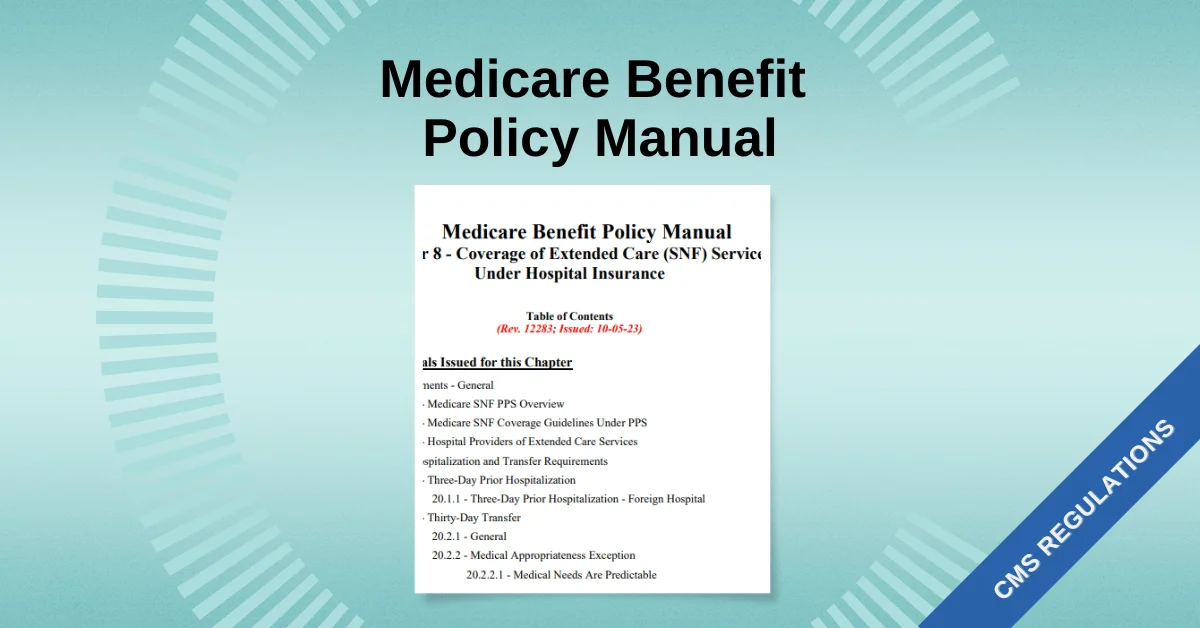
The study authors concluded that MA beneficiaries have fewer days in post-acute care, receive care from fewer providers of similar measured quality to TM, but have a similar number of days outside the hospital or SNF in the first 100 days after hospital discharge.
Study Objectives
We sought to describe national trends in hospitalization and post-acute care utilization rates in skilled nursing facilities (SNFs) and home health (HH) for both Medicare Advantage (MA) and Traditional Medicare (TM) beneficiaries, reaching up to the COVID-19 pandemic (2015–2019). Data was analyzed for Medicare beneficiaries aged 66 and older enrolled in Medicare Advantage or Traditional Medicare who were hospitalized and discharged alive.
Results
The study found that hospitalizations, SNF stays, and HH stays were all decreasing over time in both populations. Although similar proportions of Medicare Advantage or Traditional Medicare beneficiaries received skilled nursing or home health care, Medicare Advantage beneficiaries received fewer days.
The largest difference we found was in the number of post-acute care providers used in Medicare Advantage or Traditional Medicare, with Medicare Advantage using far fewer; however, quality ratings were similar among post-acute care providers used in each program.
Burke, R. E., Roy, I., Hutchins, F., Zhong, S., Patel, S., Rose, L., Kumar, A., & Werner, R. M. (2024). Trends in Post-Acute Care use in Medicare Advantage Versus Traditional Medicare: A Retrospective Cohort Analysis. Journal of the American Medical Directors Association, 25(10), 105202. https://doi.org/10.1016/j.jamda.2024.105202
Weeks, C. (2024, October 23). Study Examines Post-Acute Care Patterns in Medicare – Penn LDI. Penn LDI. https://ldi.upenn.edu/our-work/research-updates/for-medicare-recipients-care-after-hospital-stays-remains-common/



